This article was co-authored by Ray Spragley, DVM and by wikiHow staff writer, Hannah Madden. Dr. Ray Spragley is a Doctor of Veterinary Medicine and the Owner/Founder of Zen Dog Veterinary Care PLLC in New York. With experience in multiple institutions and private practices, Dr. Spragley’s specializations and interests include non-surgical management of cranial cruciate ligament tears, Intervertebral Disk Disease(IVDD), and pain management in osteoarthritis. Dr. Spragley holds a BS in Biology from SUNY Albany and has a Doctor of Veterinary Medicine degree (DVM) from Ross University School of Veterinary Medicine. He is also a Certified Canine Rehabilitation Therapist (CCRT) through the Canine Rehab Institute as well as a Certified Veterinary Acupuncturist (CVA) through Chi University.
There are 7 references cited in this article, which can be found at the bottom of the page.
This article has been viewed 59,504 times.
Is your pup acting sick, tired, or nauseous? These are all signs of pancreatitis, a disease in which the pancreas gland becomes irritated and inflamed. We know you want the best for your dog, and fortunately, catching the symptoms early enough can help you care for your companion and get them the right treatment they need. We're here to help you learn the signs of pancreatitis in dogs, as well as what causes pancreatitis and how to treat it.
Things You Should Know
- Signs of pancreatitis include nausea, vomiting, diarrhea, lethargy, loss of appetite, gagging, and excessive drooling.
- Pancreatitis is often caused by a high-fat diet, but it can also be caused by obesity or certain medications.
- Most dogs recover from pancreatitis with little issue. Treatment includes fluids, pain management, and anti-nausea medication.
Steps
Warnings
- Pancreatitis can be an extreme health risk to your dog. If you suspect pancreatitis, take your dog to a veterinarian immediately.[17]⧼thumbs_response⧽
References
- ↑ https://rutlandvets.co.uk/wp-content/uploads/2018/03/119293-XLVets-Rebranded-Pancreatititis-Leaflet.pdf
- ↑ https://www.ncbi.nlm.nih.gov/pmc/articles/PMC2808289/
- ↑ https://www.pethealthnetwork.com/dog-health/dog-diseases-conditions-a-z/acute-pancreatitis-dogs
- ↑ https://www.aspca.org/news/pancreatitis-learn-symptoms-help-protect-your-dogs-and-cats
- ↑ https://rutlandvets.co.uk/wp-content/uploads/2018/03/119293-XLVets-Rebranded-Pancreatititis-Leaflet.pdf
- ↑ https://www.pethealthnetwork.com/dog-health/dog-diseases-conditions-a-z/acute-pancreatitis-dogs
- ↑ https://www.dvm360.com/view/pancreatitis-dogs-and-cats-proceedings
- ↑ https://rutlandvets.co.uk/wp-content/uploads/2018/03/119293-XLVets-Rebranded-Pancreatititis-Leaflet.pdf
- ↑ https://rutlandvets.co.uk/wp-content/uploads/2018/03/119293-XLVets-Rebranded-Pancreatititis-Leaflet.pdf
- ↑ https://www.ncbi.nlm.nih.gov/pmc/articles/PMC2886461/
- ↑ https://www.dvm360.com/view/pancreatitis-dogs-and-cats-proceedings
- ↑ https://rutlandvets.co.uk/wp-content/uploads/2018/03/119293-XLVets-Rebranded-Pancreatititis-Leaflet.pdf
- ↑ https://rutlandvets.co.uk/wp-content/uploads/2018/03/119293-XLVets-Rebranded-Pancreatititis-Leaflet.pdf
- ↑ https://www.pethealthnetwork.com/dog-health/dog-diseases-conditions-a-z/acute-pancreatitis-dogs
- ↑ https://rutlandvets.co.uk/wp-content/uploads/2018/03/119293-XLVets-Rebranded-Pancreatititis-Leaflet.pdf
- ↑ https://www.dvm360.com/view/iatrogenic-hypothyroidism-in-cats
- ↑ https://rutlandvets.co.uk/wp-content/uploads/2018/03/119293-XLVets-Rebranded-Pancreatititis-Leaflet.pdf
About This Article
To spot signs of pancreatitis in dogs, keep an eye out for digestive distress, such as nausea, vomiting, and diarrhea. Additionally, note any behavioral symptoms, such as a decreased appetite, depression, or lethargy. You also may notice your dog hunching its back due to abdominal pain. If you suspect your dog is suffering from pancreatitis, take it to the vet for an exam and blood work. Once the diagnosis is confirmed, the treatment will depend on the severity of the pancreatitis, but you’ll likely need to give your dog medicine and a special diet while it recovers. For more tips from our Veterinary co-author, including how to feed a dog recovering from pancreatitis, keep reading!

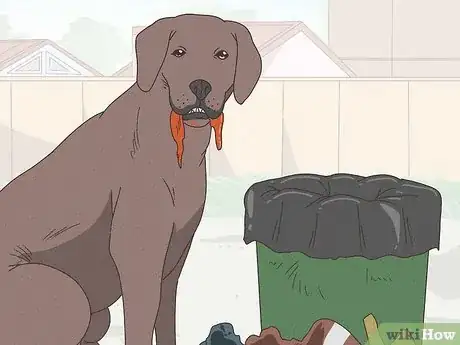
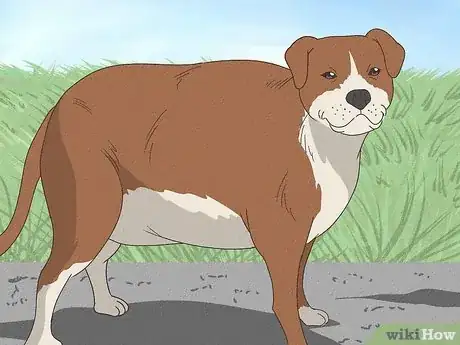
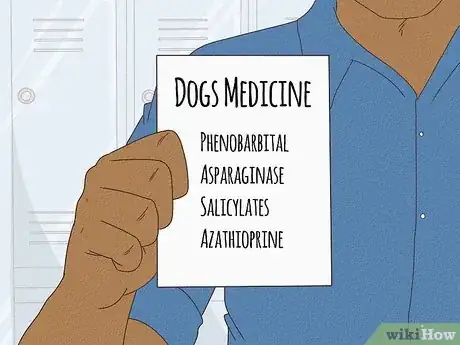
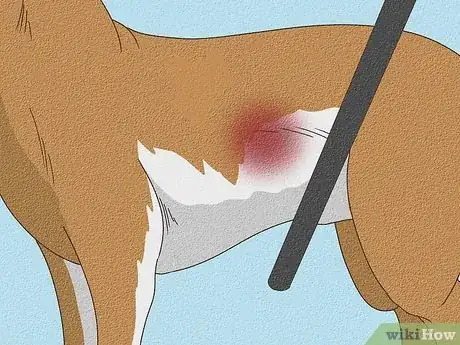
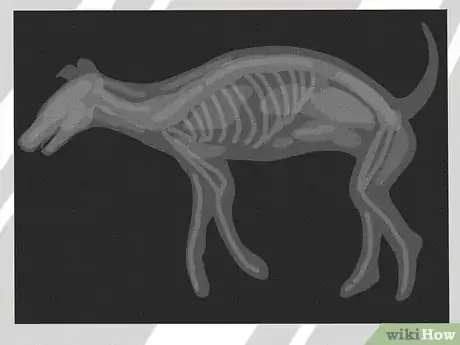
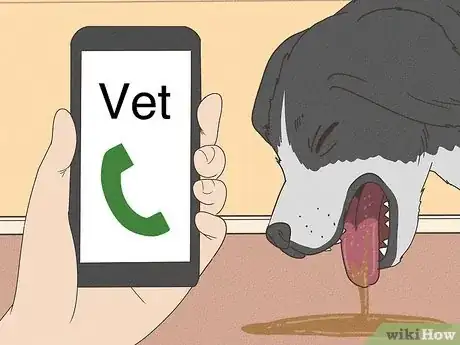

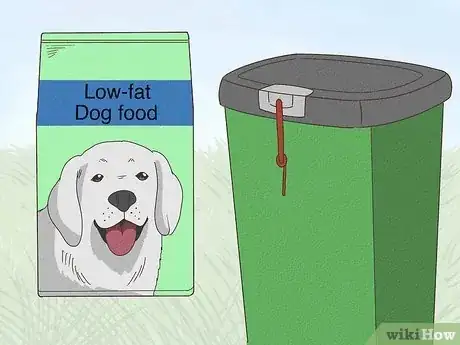
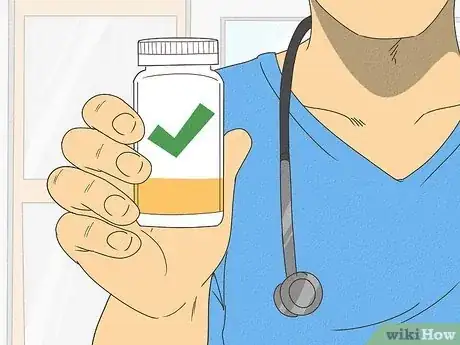
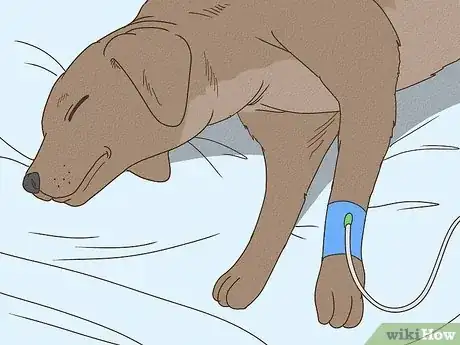
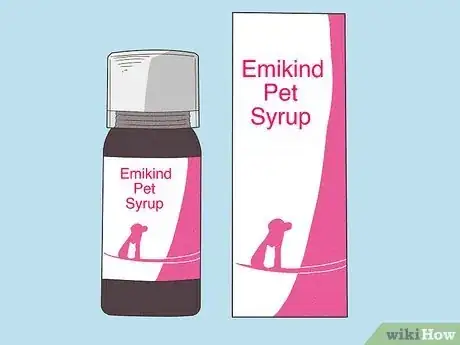

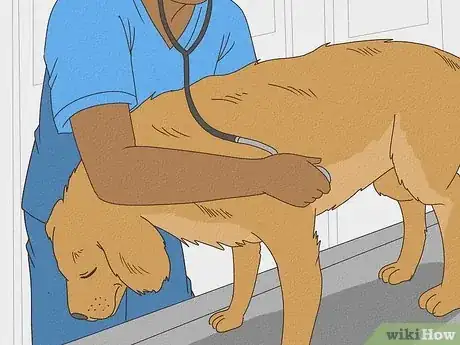
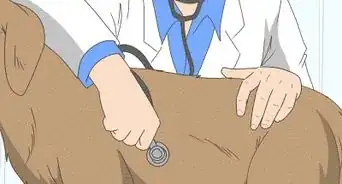

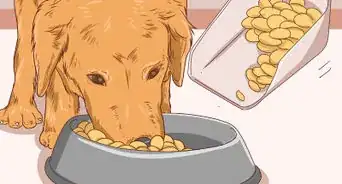





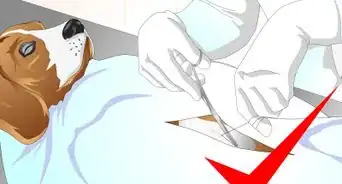

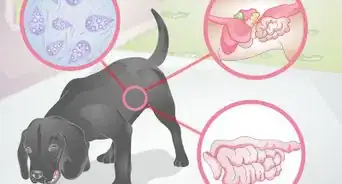











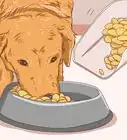
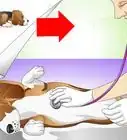



































Medical Disclaimer
The content of this article is not intended to be a substitute for professional medical advice, examination, diagnosis, or treatment. You should always contact your doctor or other qualified healthcare professional before starting, changing, or stopping any kind of health treatment.
Read More...